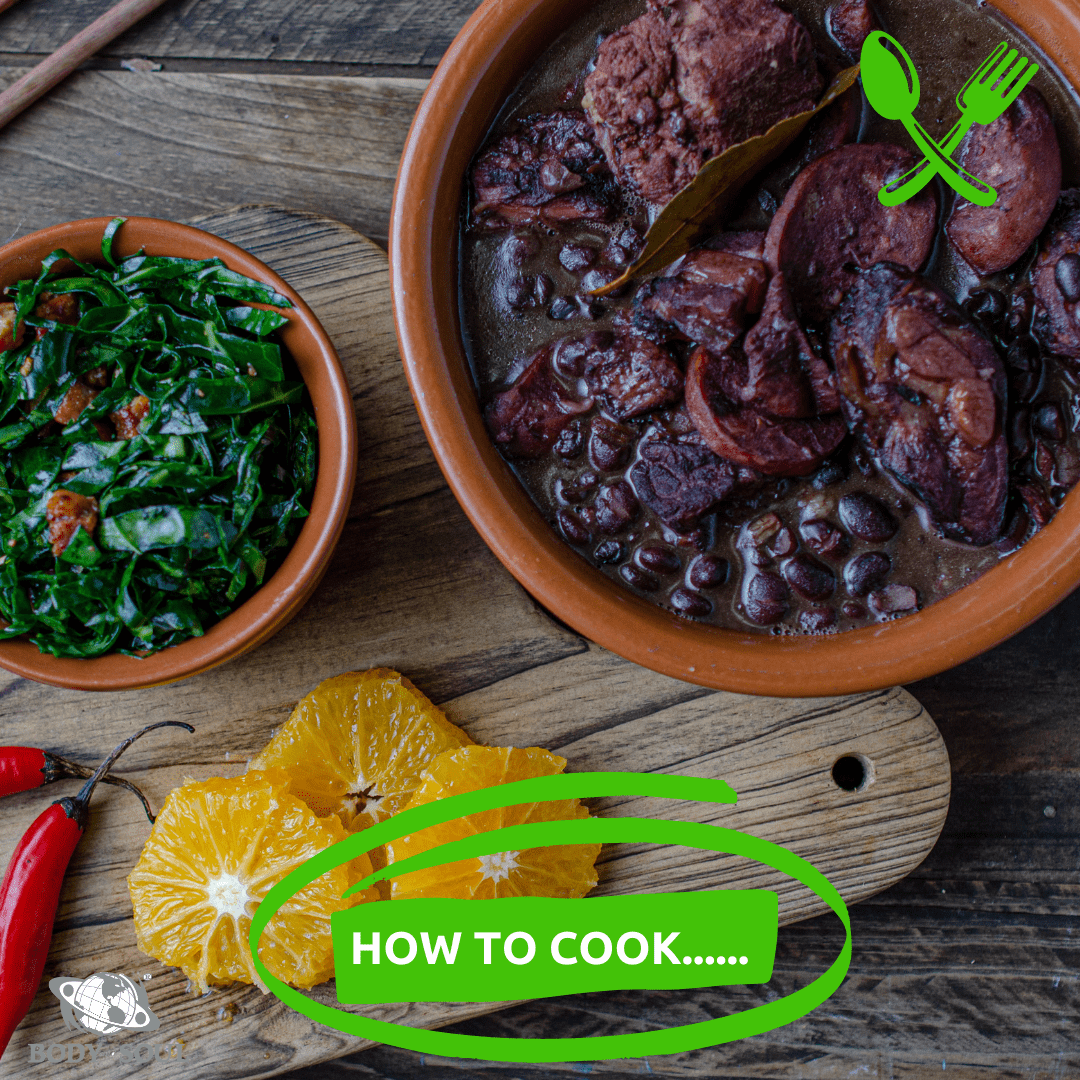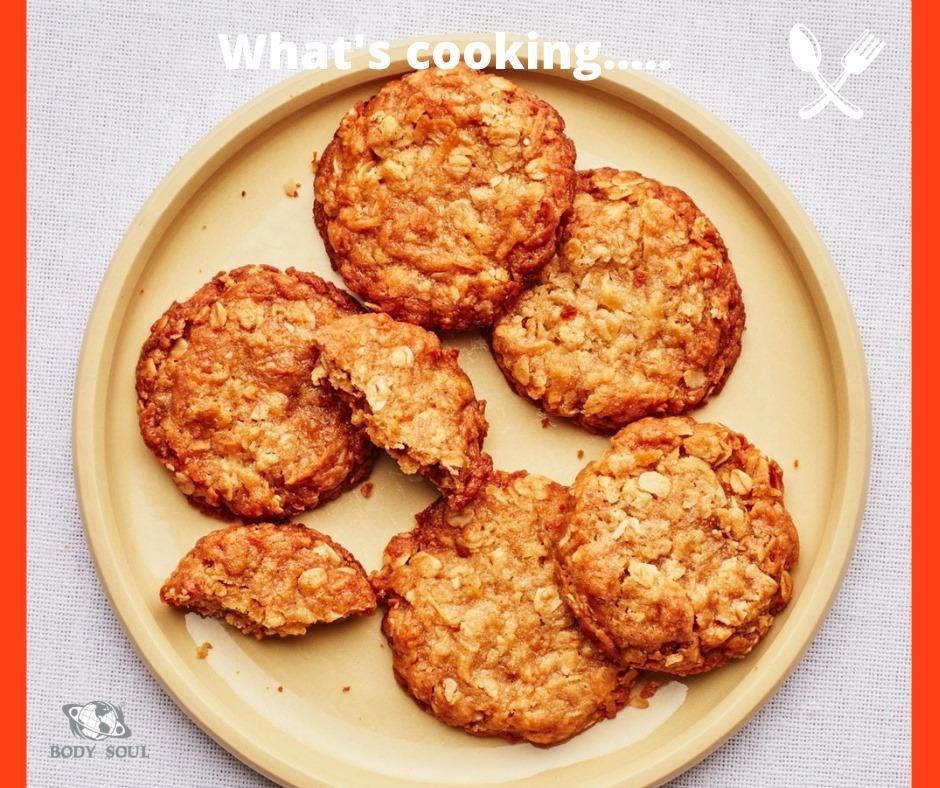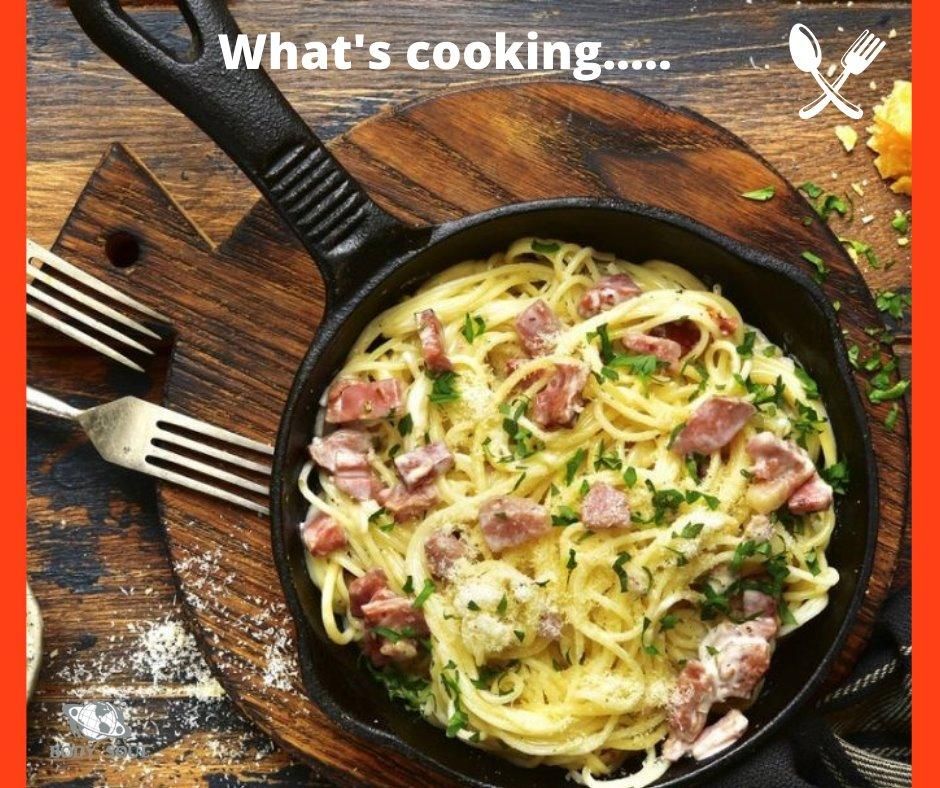An empanada is a type of baked or fried turnover consisting of pastry and filling, common in Southern European and Latin American cultures. The name comes from the Galician verb empanar, and translates as “enbreaded”, that is, wrapped or coated in bread.
They are made by folding dough over a filling, which may consist of meat, cheese, tomato, corn, or other ingredients, and then cooking the resulting turnover, either by baking or frying.
Talking about Authentic Food in Argentina would not be complete without talking about its Authentic Empanadas. There are as many variations of empanadas as there are cooks in Argentina.
The most common is “carne” or meat generally mixed with some onions, vegetables, and in some cases eggs or potatoes. There are different types of empanadas and the ones from Buenos Aires are not exactly the same as the ones in the rest of the country. In fact, each province has its own special touch.
The nice thing about empanadas is that you can eat them at any time. They are great as an appetizer to start off a meal. They can also be eaten as a full meal by the dozen for lunch or dinner or you can buy just a few of them at a panaderia (bakery) as a snack.
Ingredients
3Tbsp. extra-virgin olive oil, divided
1kg ground beef (20% fat)
2 medium onions, chopped
2 small red bell peppers, seeded, chopped
Kosher salt, freshly ground pepper
3 Tbsp. ground cumin
2 Tbsp. sweet paprika
1 Tbsp. dried oregano
¼ tsp. cayenne pepper
1½ cups low-sodium chicken stock or broth
2 tsp. sugar
½ cup raisins
3 packages (12 each) Puff Pastry Dough for Turnovers/Empanadas (preferably Goya)
½ cup pitted green olives (Picholine or Spanish), rinsed well, cut in half lengthwise
Preparation
Step 1
Heat 2 Tbsp. oil in a large pot over high. Cook beef, breaking up with a spoon, until browned but not completely cooked through, 6–8 minutes. Transfer to a medium bowl with a slotted spoon, leaving as much fat in pan as possible.
Step 2
Reduce heat to medium and cook onion, bell peppers, and remaining 1 Tbsp. oil, stirring, until tender but not browned, 6–8 minutes; season with salt and black pepper. Add cumin, paprika, oregano, and cayenne and cook, stirring, until fragrant, about 1 minute. Add chicken stock and reserved beef along with any accumulated juices to pot. Stir in sugar, 4 tsp. salt, and ¼ tsp. black pepper. Bring to a simmer and cook, stirring and scraping up any brown bits, until most of the liquid is evaporated, 15–20 minutes; taste and season with salt and black pepper, if needed. Stir in raisins. Transfer to a medium bowl, cover, and chill at least 3 hours.
Step 3
Preheat oven to 190°. Let dough sit at room temperature 15 minutes to temper. Remove 6 rounds from package, keeping plastic divider underneath, and arrange on a work surface. Place 2 Tbsp. filling in the center of each round. Top with 2 olive halves. Brush water around half of outer edge of each round. Using plastic divider to help you, fold round over filling and pinch edges to seal. Using a fork, crimp edges. Remove plastic and transfer empanada to a parchment-lined sheet tray, spacing 1″ apart. Repeat with remaining rounds (you’ll get about 12 empanadas on each tray).
Step 4
Bake empanadas, rotating tray halfway through, until golden brown and slightly darker around the edges, 25–35 minutes.
Step 5
Do Ahead: Filling can be made 3 days ahead. Keep chilled. Unbaked empanadas can be made 3 months ahead; freeze on sheet tray, then transfer to freezer bags and keep frozen.













